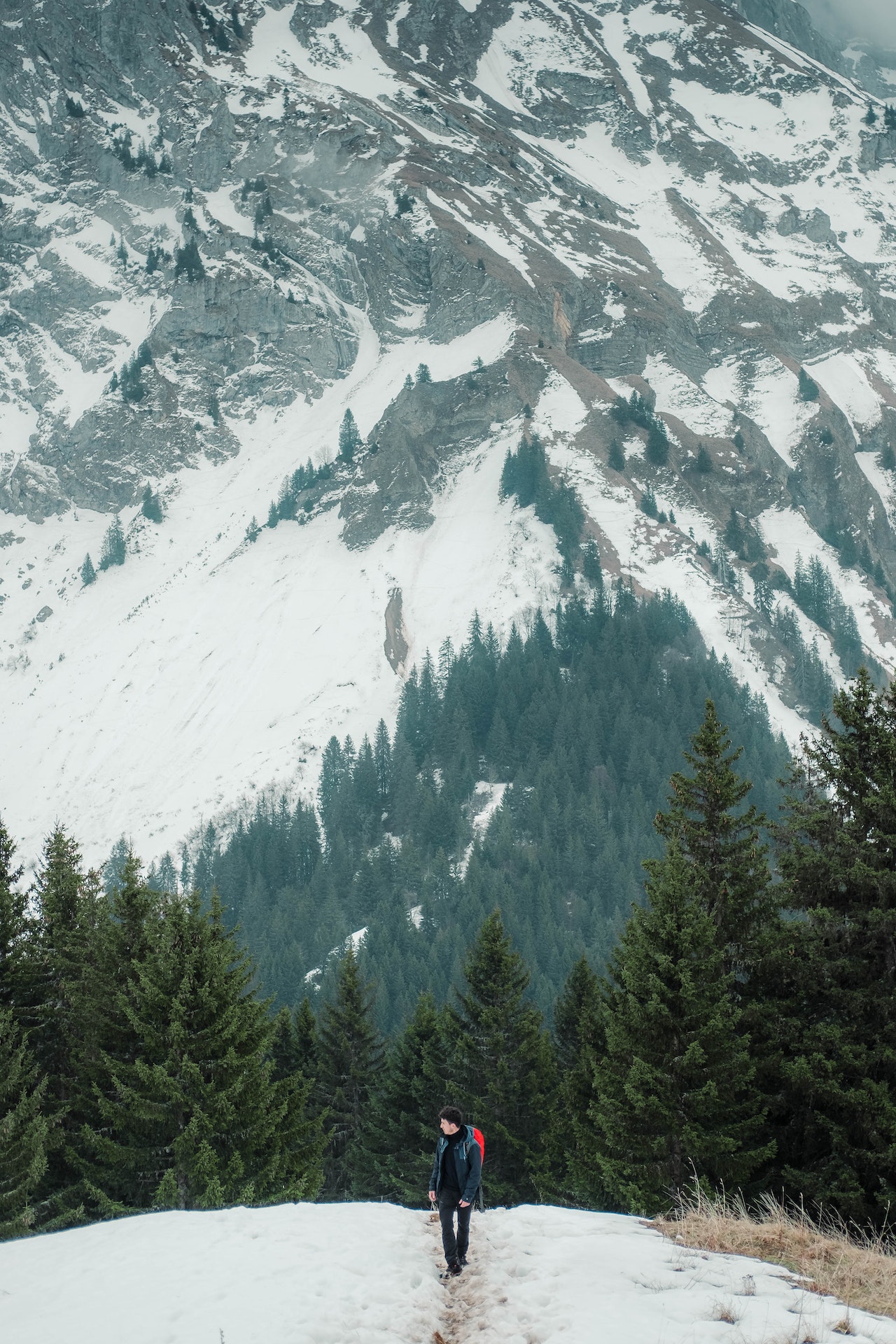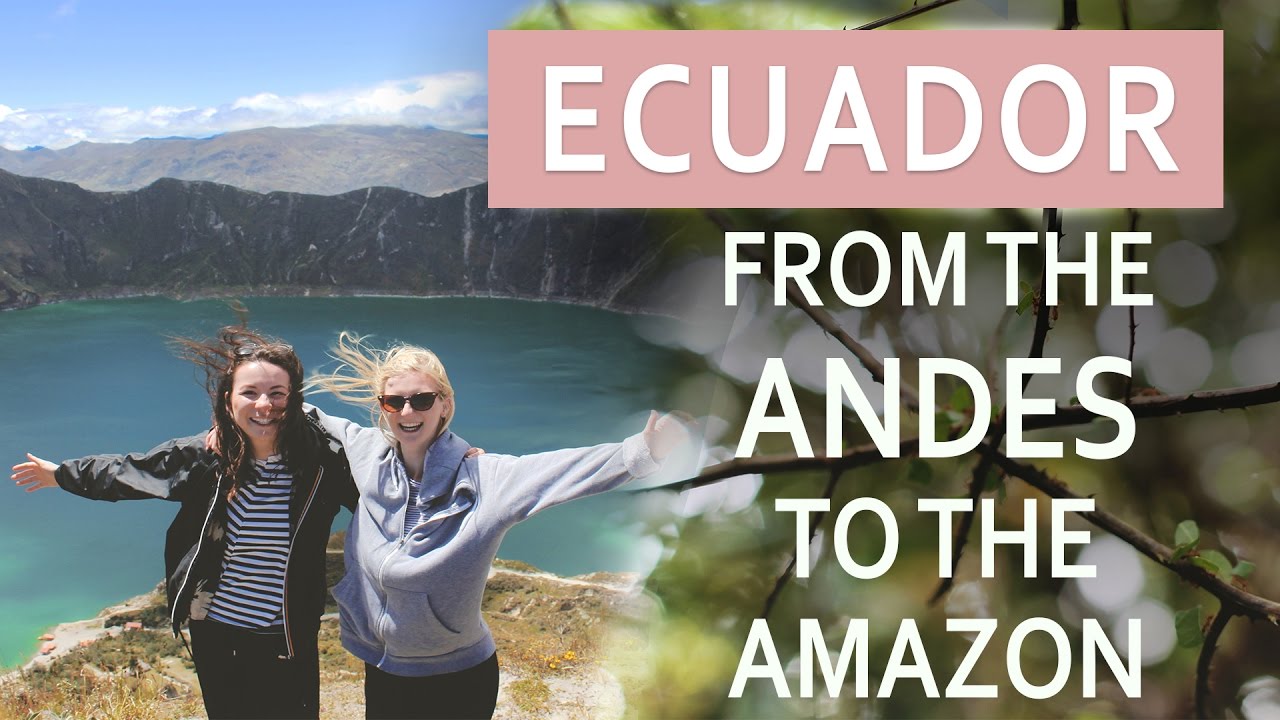Backpacking In The Andes - Essential Tips
Backpacking in the Andes is an adventure of a lifetime for those who love trekking and exploring breathtaking landscapes. The Andes mountain range, stretching over 7,000 km along the western coast of South America, is a popular destination for backpackers seeking to challenge themselves with high-altitude hikes and immerse themselves in the vibrant culture of the Andean people.
Author:Tobey StricklandReviewer:Tyreece BauerApr 25, 2023119 Shares2.2K Views

Backpacking in the Andesis an adventure of a lifetime for those who love trekking and exploring breathtaking landscapes.
The Andes mountain range, stretching over 7,000 km along the western coast of South America, is a popular destination for backpackers seeking to challenge themselves with high-altitude hikes and immerse themselves in the vibrant culture of the Andean people.
With its stunning peaks, pristine lakes, and ancient ruins, the Andes offer endless opportunities for backpackers to experience the beauty of nature and the history of the region.
In this article, we will explore some of the best tips and destinations for backpacking in the Andes.

Backpacking Ecuador: From the Andes to the Amazon | ExpLaura
Tips For Backpacking In The Andes
If you're planning on backpacking in the Andes, there are a few essential tips you should know. The Andes is one of the world's most iconic mountain ranges and attracts adventurers from around the globe.
With rugged terrain and stunning landscapes, the Andes offer an unforgettable backpacking experience. Here are some essential tips to make your backpacking trip to the Andes a success.
- Plan your route: The Andes are vast, so it's important to plan your route carefully. Research the trails you want to take, and make sure you have a good understanding of the terrain and altitude you'll be facing.
- Pack appropriately:The Andes can be harsh, so make sure you pack appropriately for the conditions. Bring layers, including warm clothing for cold nights, and waterproof gear for the rainy season.
- Acclimate to the altitude: The high altitude can take a toll on your body, so it's important to acclimate gradually. Give yourself a few days to adjust before starting any strenuous hiking.
- Stay hydrated: The high altitude can also cause dehydration, so make sure you bring plenty of water and drink enough to stay hydrated.
- Respect the environment: The Andes are home to unique and fragile ecosystems, so make sure you follow Leave No Trace principles and respect the environment.
With these essential tips in mind, you're ready to embark on an unforgettable backpacking adventure in the Andes.
Best Backpacking Trails In The Andes Mountains
Here are some of the best backpacking trails in the Andes Mountains:
- Inca Trail, Peru: The Inca Trail is one of the most popular backpacking trails in the world, and for good reason. This ancient trail offers stunning views of the Andes Mountains and takes you through a variety of landscapes, including lush forests and arid mountain passes.
- Santa Cruz Trek, Peru:This 31-mile trek in the Cordillera Blanca range is a popular backpacking route that offers breathtaking views of towering peaks, glaciers, and turquoise lakes.
- Torres del Paine Circuit, Chile: The Torres del Paine Circuit is a 52-mile trail that takes you through some of the most stunning landscapes in Patagonia, including glaciers, turquoise lakes, and towering granite spires.
- Huayhuash Circuit, Peru: This challenging 8 to 12-day trek takes you through the remote Huayhuash Mountains, offering incredible views of snow-capped peaks, turquoise lakes, and remote Andean villages.
- Ausangate Trek, Peru: This 43-mile trek takes you through the Vilcanota Range, where you'll see stunning views of glaciers, lakes, and towering peaks.
- Lares Trek, Peru: This 33-mile trek takes you through the Lares Valley, where you'll see stunning views of snow-capped peaks, alpine lakes, and traditional Andean villages.
- Cocuy Circuit, Colombia: The Cocuy Circuit is a challenging 5 to 7-day trek that takes you through the Sierra Nevada del Cocuy range, offering stunning views of glaciers, lagoons, and high-altitude vegetation.
- Huemul Circuit, Argentina: This 45-mile trek takes you through the rugged mountains of Patagonia, offering stunning views of glaciers, lakes, and forests.
- Cordillera Real Circuit, Bolivia: This challenging 8 to 10-day trek takes you through the Cordillera Real range, offering stunning views of snow-capped peaks, turquoise lakes, and remote Andean villages.
- Vilcabamba Trek, Peru: This 5 to 7-day trek takes you through the remote Vilcabamba range, offering stunning views of snow-capped peaks, Inca ruins, and traditional Andean villages.
Safety Tips For Backpacking In The Andes
Here are some safety tips for backpacking in the Andes:
- Acclimate yourself to the altitude gradually before starting your backpacking trip in the Andes.
- Always carry plenty of water and stay hydrated.
- Make sure to wear proper hiking shoes and clothing suitable for the weather conditions.
- Bring sunscreen, insect repellent, and a first-aid kit.
- Plan your route ahead of time and make sure someone knows your itinerary.
- Don't hike alone, always hike with a partner or a group.
- Be aware of the local weather conditions and the time of year you are traveling.
- Respect the local environment and wildlife, and do not disturb the ecosystem.
- Follow the marked trails and avoid wandering off-trail.
- In case of an emergency, know how to contact local authorities or search and rescue teams.
Best Time Of Year For Backpacking In The Andes
The best time for backpacking in the Andes varies depending on the region and the specific trail. Generally, the Andes experience two seasons: the dry season (May to October) and the rainy season (November to April).
The dry season is considered the best time to hike as the weather is generally more stable and the trails are drier and easier to navigate.
However, it's important to note that temperatures can still drop below freezing at night, so it's essential to pack accordingly.
The rainy season can be more challenging for backpacking as the trails can become muddy, slippery, and more difficult to traverse. It's also important to note that certain trails may be closed during the rainy season due to safety concerns.
It's recommended to check weather and trail conditions before embarking on a backpacking trip in the Andes.
Top Scenic Spots For Photography While Backpacking In The Andes
Backpacking in the Andes is an experience of a lifetime, and capturing the scenic views in photographs is one way to make it memorable. Here are some of the top scenic spots for photography while backpacking in the Andes:
- Machu Picchu, Peru- The ancient Incan city of Machu Picchu is one of the most photographed sites in South America. Its iconic ruins, set against the stunning backdrop of the Andes, make for an unforgettable photo.
- Lake Titicaca, Bolivia - The highest navigable lake in the world, Lake Titicaca, offers stunning views of the Andes Mountains and the surrounding landscapes. The colorful traditional clothing of the locals and their unique way of life makes for great photo opportunities.
- Torres del Paine National Park, Chile- This park is known for its breathtaking landscapes, including snow-capped mountains, glaciers, and turquoise lakes. It's a popular spot for hikers and backpackers, and the photo opportunities are endless.
- Cotopaxi National Park, Ecuador- The Cotopaxi volcano and its surrounding landscapes are a photographer's dream. The park is home to a diverse array of flora and fauna, including llamas and wild horses, making it an excellent spot for nature photography.
- Rainbow Mountain, Peru- The Rainbow Mountain, also known as Vinicunca, is a stunning natural formation in the Andes. Its vibrant colors and unique geological features make for a fantastic photo opportunity.
Remember to always respect the local culture and ask for permission before taking someone's photo. And most importantly, don't forget to put the camera down and take in the stunning scenery with your own eyes.
People Also Ask
How Difficult Is Backpacking In The Andes?
Backpacking in the Andes can be challenging, as the altitude and weather conditions can be unpredictable. It's important to be in good physical shape and acclimatize properly before embarking on a trek.
What Equipment Is Needed For Backpacking In The Andes?
Essential equipment for backpacking in the Andes includes a good quality backpack, sturdy hiking boots, warm and waterproof clothing, a sleeping bag and mat, a tent, a cooking stove and utensils, and plenty of food and water.
How Do I Acclimate To The Altitude When Backpacking In The Andes?
Give yourself time to adjust to the altitude by starting your trip with a few days at a lower altitude, drinking plenty of water, avoiding alcohol and caffeine, and taking it slow when hiking.
Final Thoughts
Backpacking in the Andes can be a truly unforgettable experience for adventure-seekers and nature lovers. The region offers a unique combination of breathtaking landscapes, rich cultural heritage, and challenging trails that will test your physical limits.
From Peru to Chile, there are countless opportunities to explore the Andes and discover its hidden treasures. Whether you're an experienced backpacker or a novice, the Andes has something to offer for everyone.
So pack your bags, lace up your hiking boots, and get ready to embark on an epic adventure in one of the world's most spectacular mountain ranges.

Tobey Strickland
Author

Tyreece Bauer
Reviewer
Latest Articles
Popular Articles